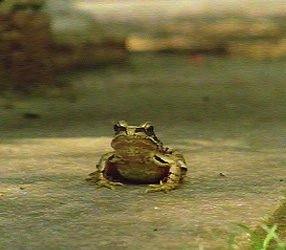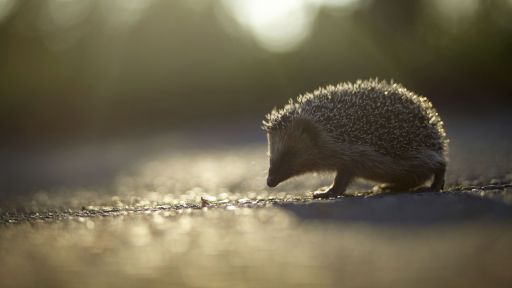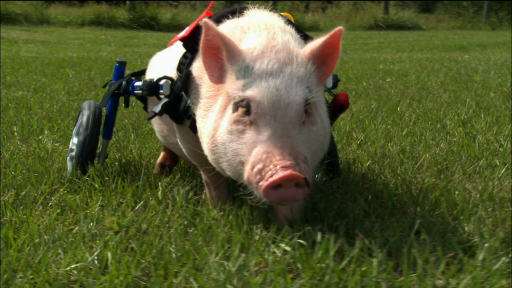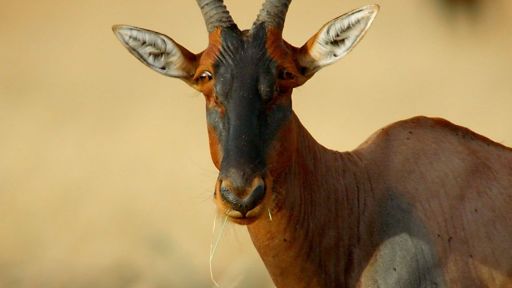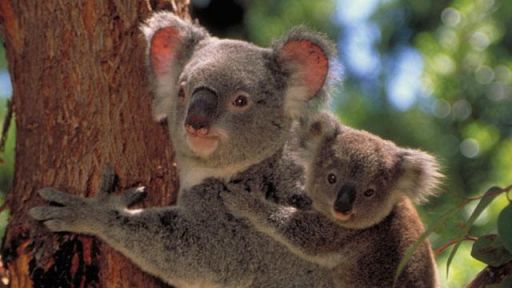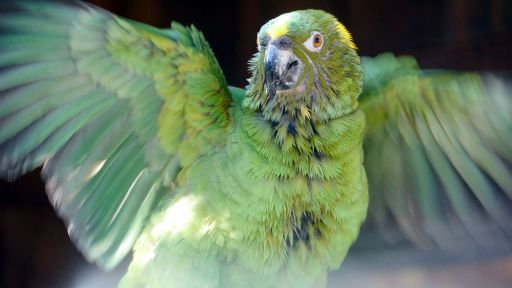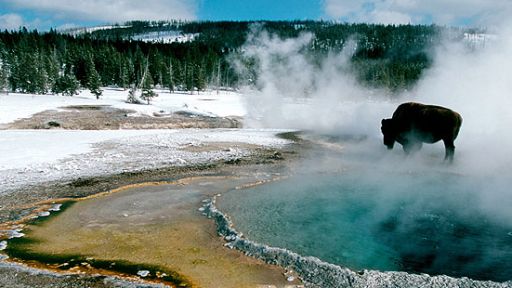Growing a garden with plenty of nooks and crannies for critters isn’t that difficult. So says the National Wildlife Federation’s Heather Carskaddan, who has helped create more than 20,000 wildlife-friendly yards through the group’s Backyard Wildlife Habitat Program. “You need four key elements in your garden to attract wildlife,” she explains. “Animals need food, water, cover, and places to raise young.”
To feed the animals, one should plant species that produce flowers, fruits, nectar, nuts, and seeds at different seasons. Be aware that some animals prefer specific plants. Goldfinches, for instance, are attracted to thistles and other seed-bearing flowers, while hummingbirds prefer bright, nectar-rich flowers, such as columbine, bee-balm, and trumpet vine. Butterflies can be particularly picky, says naturalist Craig Tufts of the National Wildlife Federation: “Native butterflies have very limited food preferences, but if you put the right plant out it’s like a beacon.” Monarch butterflies, for instance, prefer laying their eggs on milkweed, because that is what they eat at their caterpillar stage. For gardeners not sure where to start, many commercial suppliers now package seed combinations geared toward attracting butterflies, birds, and even bats.
A water source like a birdbath, dripping hose, or even a puddle can be enough to slake the thirst of birds and butterflies, but if you really want an adventure, Tufts says, build a small pond in your backyard. “It surprises people how fast a water garden is colonized — it’s as if the dragonfly larvae and frogs parachute in,” Tufts says. “You wake up one morning and discover a chorus of breeding toads.” Sometimes, providing good cover for wildlife means being what some people might consider a messy gardener. Cavity-ridden dead trees, brush piles, and tangled bushes can all provide much-needed homes to some species, but too often, gardeners clean them out in favor of a tidy appearance. For those in cold climates, planting evergreens can provide winter shelter not offered by trees and bushes that lose their leaves.
Carskaddan encourages wildlife gardeners to use plants native to their area. Animals recognize these plants, “and since they are adapted to your region, you can use fewer chemicals and less water” as you garden, she says. She also urges gardeners to reduce both their use of pesticides and the size of their grass lawns as much as possible. “[Lawns] are considered biological deserts because they are single-species monocultures,” she explains. “By getting more creative, you can provide different levels of cover for everything from tiny voles to larger birds.”
Biologists caution that some animals are simply unable to adapt to life around people, such as warblers that require quiet, mature forests or salamanders that need a large, moist habitat. Even the most wildlife-friendly garden won’t be able to attract these creatures. In fact, scientists note that the most common garden life — weeds, crop-eating insects, and birds that thrive near structures — tend to be generalists, able to feed and nest in a wide variety of areas. Some go as far as to call these highly-adaptable organisms “weed species,” because they can thrive almost anywhere. “Weeds” or not, the average gardener generally welcomes the sight of brilliantly-hued cardinals and blue jays feeding in his backyard.
In addition, researchers say, a wildlife-friendly garden can help discourage many unwanted pests, like plant-eating aphids, by attracting the insects’ natural predators. “One of my favorite examples is what can happen when gardeners don’t spray pesticides,” says Tufts, who notes that although chemicals do get rid of unwanted pests like aphids, they also kill the insects’ natural predators, who may do the job more effectively. After gardeners who decide to shun pesticides stop using them, Tufts says, aphid populations may increase at first, “but soon a whole army of predators arrives, from ladybugs and lacewings to serpentflies and mummy wasps. Most people can’t believe that all these things are suddenly eating aphids — and all kinds of other pests, too!” he adds.

